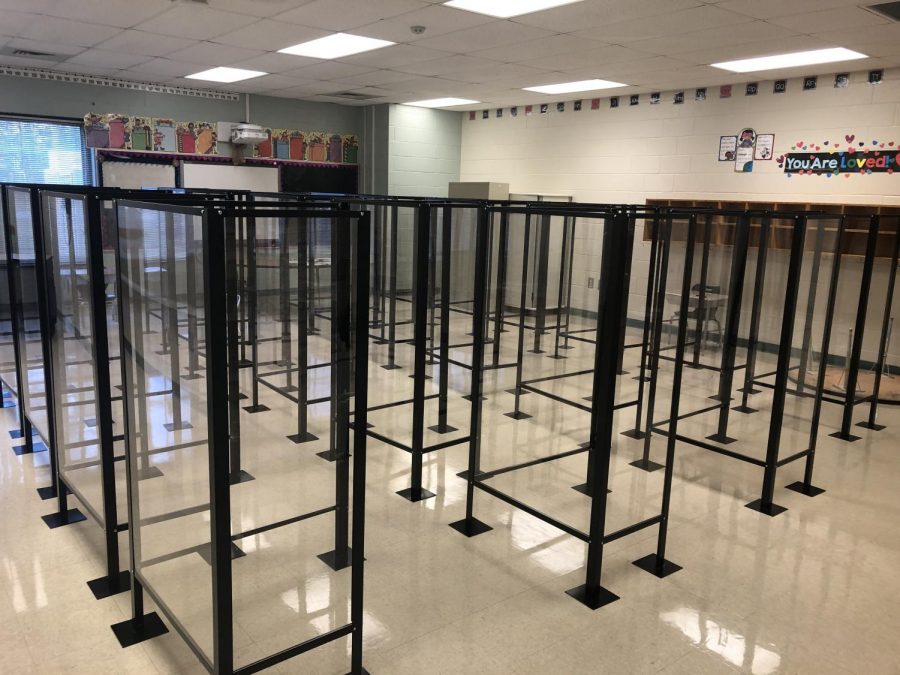Does Class Size Matter?

Art teacher Kristen Dutka enjoys being able to work one-on-one with her students.
February 21, 2020
Did you know that statistics show that smaller classes produce better academic results? Well, it’s true! According to class size research, having a smaller class helps students learn, interact, and concentrate.
According to the latest Federal data based on teacher surveys, the average class size for elementary schools is 24; for secondary schools, it is 30. However, this number can be higher or lower. Some classes could have five students and some could have 35 students.
The most common explanation for why smaller classes are better than bigger classes is that teachers can give better and clearer instruction. This is because teachers have more time to help individuals. Students also seem to pay more attention since there are less people to distract them.
“I wish all classes were 15-20 students. Teachers would be able to get to know them more on a personal level as well as being able to spend more time with individual students. Students’ grades and motivation would improve with smaller classes,” said Ann Twigg, a teacher who has a variety of class sizes.
It can also be argued that bigger classes are more beneficial than smaller. Some may argue that having a bigger class allows students to meet more people and get more help from peers. Having bigger classes also lowers the number of teachers, which saves money for the county.
“I think having a bigger class is better because the students can collaborate more and make more friends,” said Mya Eagles, a junior.
Reducing class sizes can have a positive impact if teachers get the proper training and support to take advantage of the situation
Teacher to student ratio should also be taken into consideration when putting students into class. It can be difficult for one teacher to teach 30 students. However, two teachers in a single classroom of 30 students would make the teacher’s job a lot easier considering each teacher could focus on a different thing and not be overwhelmed.
So, does class size matter? Answers vary, but statistics show that class sizes can indeed make a difference in the attitude, grades, and motivation of students.




































